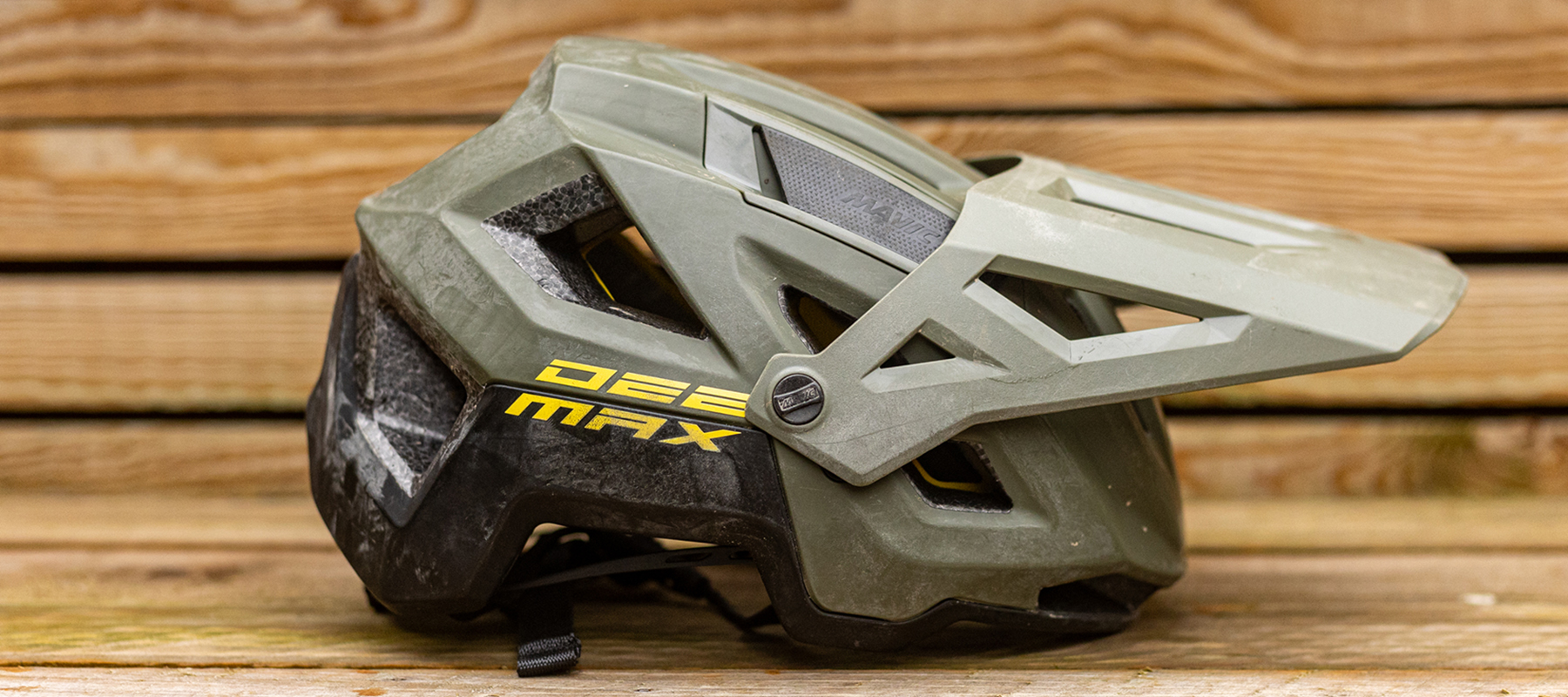Bike Perfect Verdict
Mavic’s Deemax lid has angular styling, an excellent build quality, and well-designed fixtures and adjusters that keep it stable, but there are other similar helmets for the same cash (or even less) I prefer in terms of comfort and venting.
Pros
- +
Solid and well finished
- +
Straps and adjusters are well designed and durable
- +
Lots of effective vents including on forehead
Cons
- -
Slightly quirky interior shape
- -
Overall volume is larger than some rivals
- -
Decent but not outstanding cooling
- -
Put extra pressure on my brow
- -
Not cheap
Why trust BikePerfect
Deemax is the name for Mavic’s gravity line of products and always conjures up images of the legendary yellow Mavic wheels that for me were one of the most distinctive downhill components for a good chunk of the 2000s. Seeing as we’re mountain bikers not firefighters, thankfully, this new helmet isn’t yellow, but it’s still built to be one of the best MTB helmets around and keep you safe from harm with extended coverage around the sides and back and a design that puts protection ahead of saving grams and maximizing ventilation.
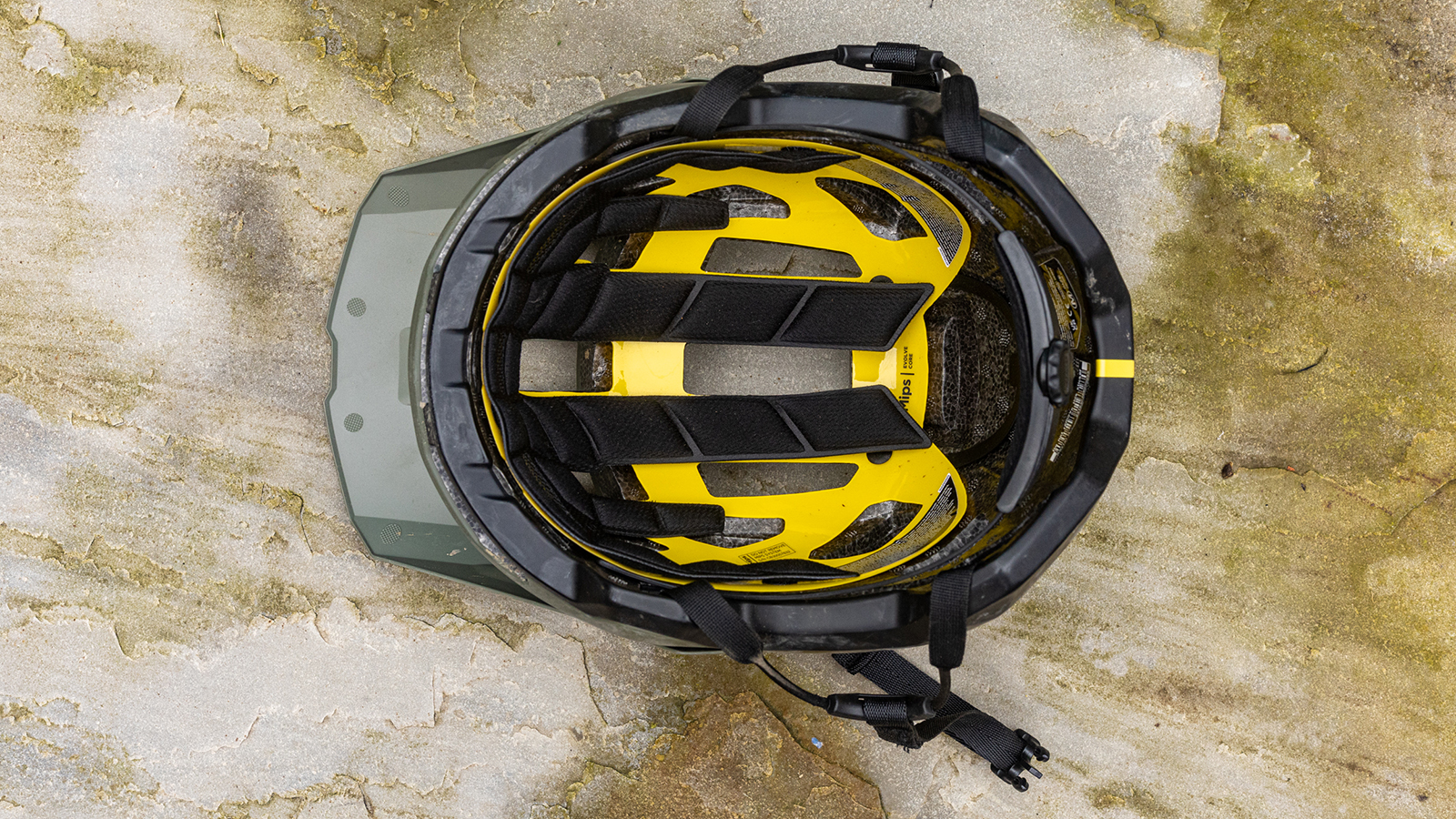
Design and specifications
Using the popular MIPS angular impact protection liner system, the latest Deemax lid has a much more angular and edgy shape than its rounded predecessor and looks more like the Mavic open-face helmets of the 2010s that were really popular. It’s not particularly heavy, but the larger shape and extra features add around 80g of weight over the (very lightweight) previous generation.
Like many rivals, Mavic opts for the popular MIPS system with its plastic slip-plane liner that allows the outer shell to rotate a fraction independently in a crash. The ‘extra’ movement in an impact can help reduce angular forces and minimize jolts to the head and neck to help reduce the potential for brain injuries.
Absorbing this impact energy, the MIPS liner here is the Evolve Core type that’s pretty discreet and hidden inside a substantial polycarbonate shell that has huge vents all over, including in a strip of ports on the brow that I always find especially cooling as this zone pumps air on the area where blood runs close to the skin at the temples and forehead.
Mavic’s interior is quite dished out, so the lid sits deep down, but not quite to the extent of a Troy Lee A series lid or POC helmet. The exterior is fully wrapped for durability and there’s an insect-resistant mesh at the brow ports built into the padding and a useful little strip of extra cushioning on the rear retention wheel that stops any digging in at the back of the neck.

The Deemax rear retention wheel offers three height positions and tightens the lid mostly at the back and sides, rather than fully wrapping round the head like some designs. The anti-bacterial Coolmax padding is reasonably thick, well cushioned and absorbent.
Mavic uses a slightly quirky loop design around the ears where two thinner hoops (rather than straps) circle each ear, and it’s very unobtrusive and keeps things nice and tidy. In the same vein, the minimal, smaller and lighter basic plastic chinstrap buckle is also unobtrusive and clean. A longer than average visor is height adjustable and will swing up enough to allow googles underneath, plus there are also rubberized eyewear slots that keep glasses secure if you prefer those.
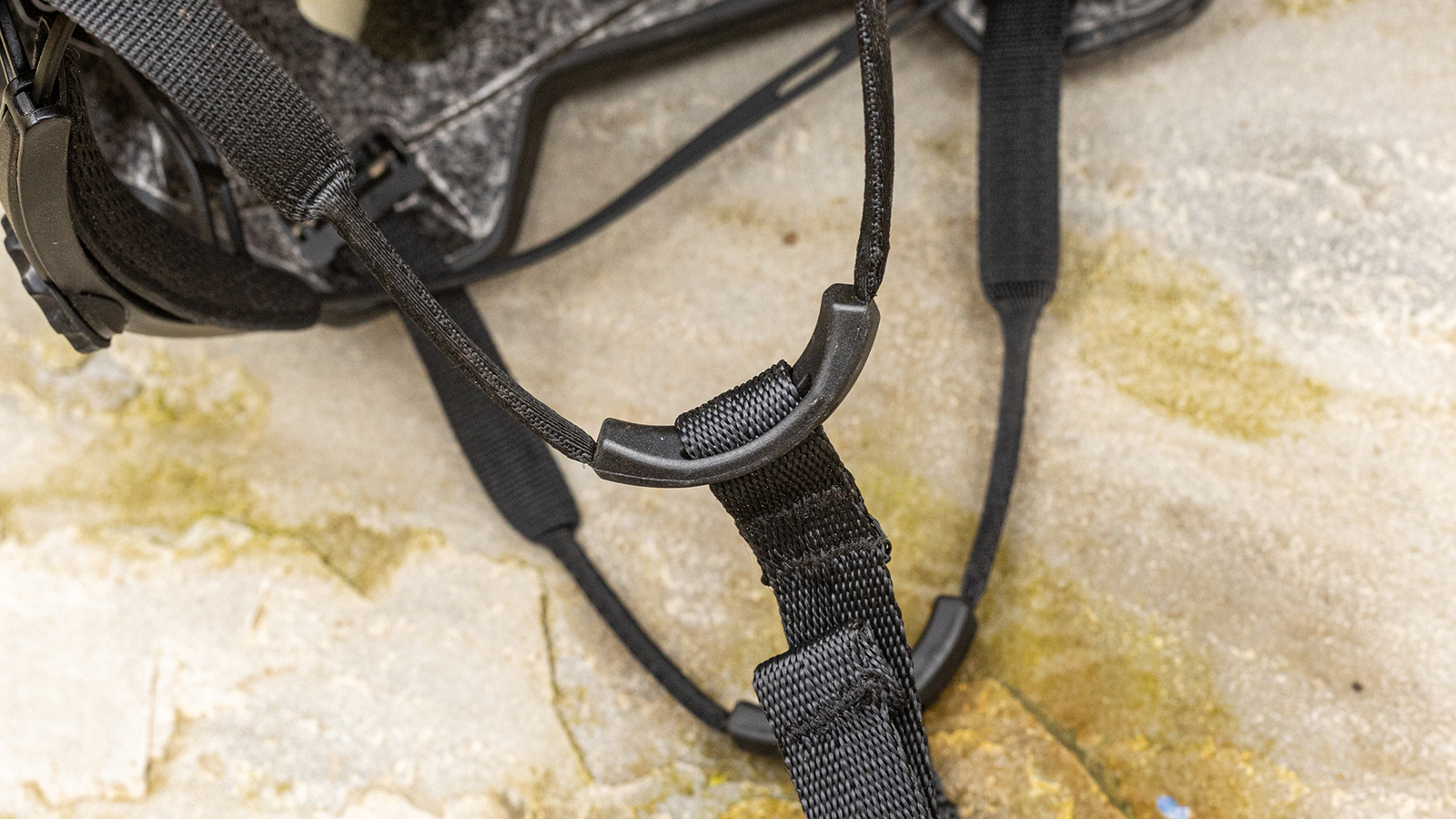
Performance
At just under 400g, the Deemax weight is in line with most competitors' extended coverage open-face lids. It does feel a bit heavier than some though as the overall shape isn’t as low profile and close-fitting to the skull as other helmets I wear in a similar size like the Specialized Ambush 2. I also found the lowest position on the rear tensioning dial didn’t quite get the helmet as low down on my head as I would have liked, which might have amplified this sensation of it feeling a fraction perched on top of the head.
All the adjustment dials and straps are solid with enough increments to tune the hold precisely and I liked Mavic’s fixed ear loops and minimal chin clasp that never give you that flappy effect of long straps around the sides of the ears sitting off the face and distracting while riding. The rear tensioning dial never comes loose while riding either, even on really rough or steep trails where you are looking forward and craning the neck.
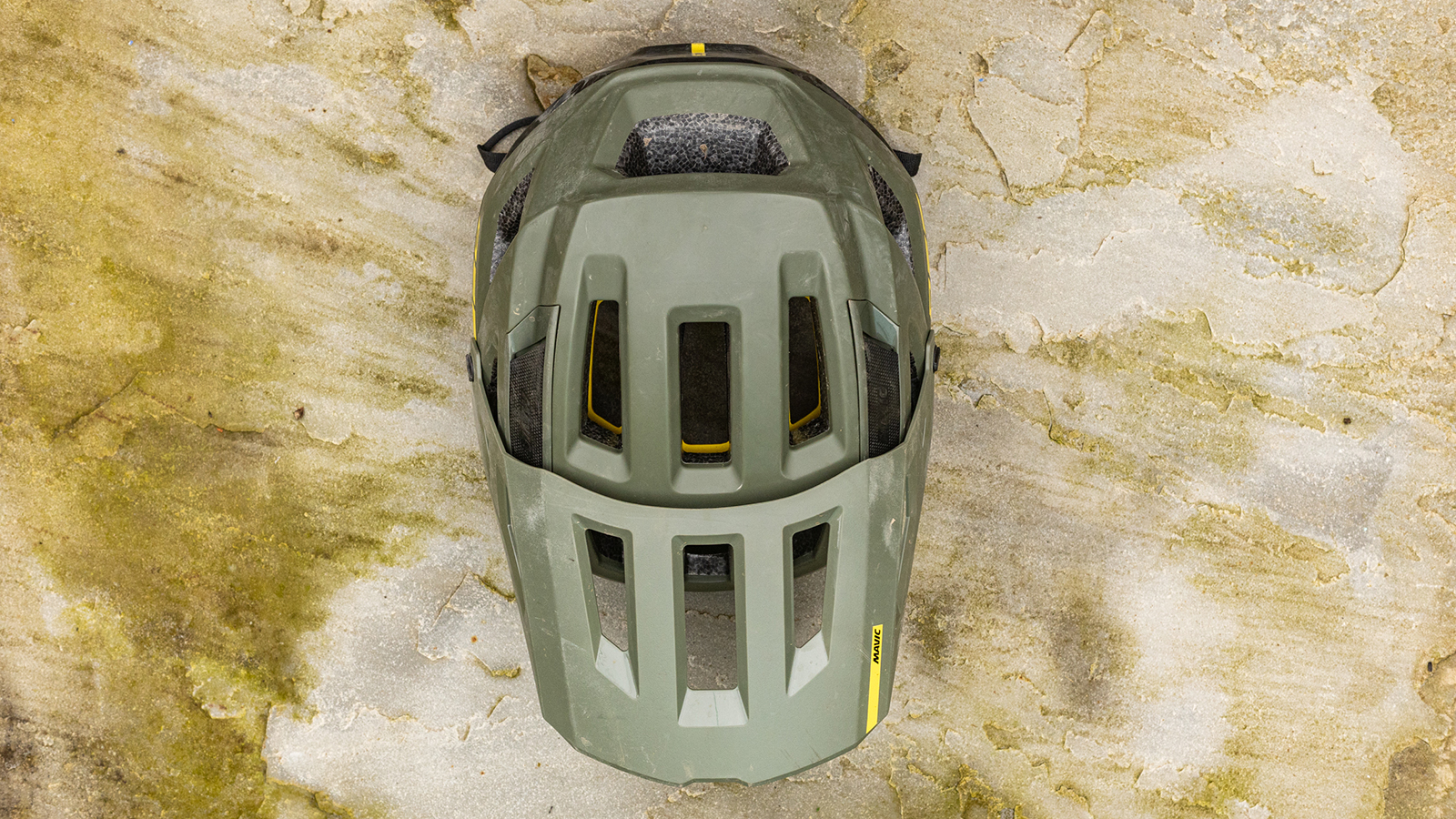
Despite all the vents and the effective airflow over the brow, the Deemax isn’t quite as airy or cool inside at the top and back of the head as two helmets I use a lot, the Specialized Ambush 2 and Giro Manifest Spherical. It mops up and absorbs sweat well, but, for me, there’s also less of a transparent feel on the head than either of those lids where you kind of forget you’re wearing a helmet at all.
Helmet fit is obviously very personal, but even in the right size and despite the generally cushy and thick padding, I felt a few hot spots where the EPS inside on the Deemax didn’t mirror my skull very well and connected with several points, rather than enveloped it evenly. This led to feeling slight pressure on either side of my forehead on longer rides, which could be seen as red patches on the skin after removing the helmet. I’ve not had any issues with fit on Mavic lids previously and reached out to them for feedback. The brand mentioned they had done the modeling on the interior shape with eyewear brand Julbo and had good success with it with their test riders. Maybe I’ve just got a weird-shaped head?
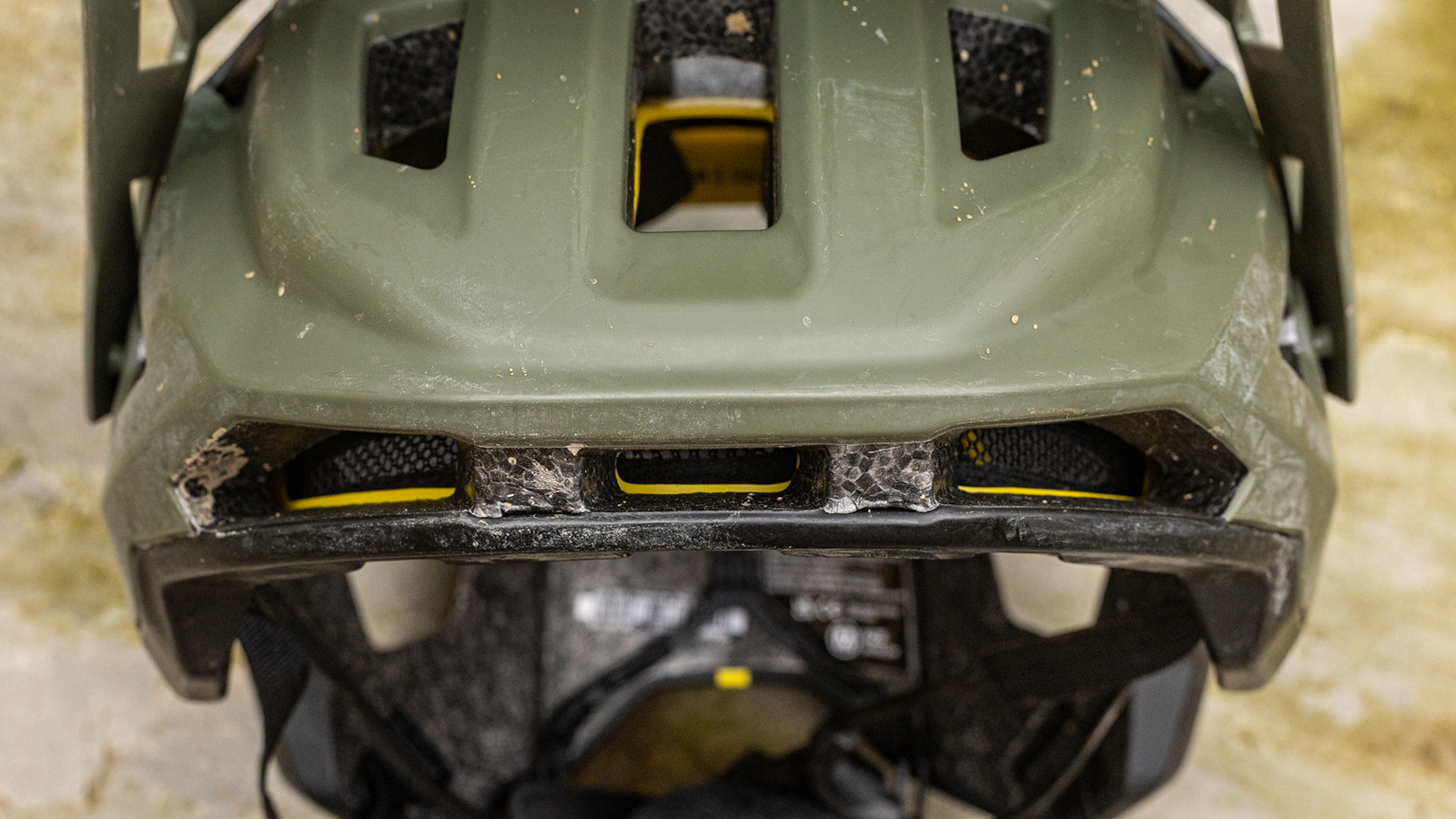
Verdict
Mavic’s latest Deemax helmet is a solid extended coverage lid with excellent fasteners and adjusters. The fit leans towards the deeper dished Troy Lee/POC end of the market and uses interior padding that’s thick and cushy to keep things stable. Ventilation is decent, but I found the helmet runs slightly hotter than some rivals and also didn’t play as nicely as some lids on my forehead where the interior connects.
Tech specs: Mavic Deemax MIPS helmet
• Price: $156 / £127.99 / €149
• Sizes: S (51-56cm), M (54-59cm), L (57-61cm)
• Colors: Gray/Black, White/Black, Olive/Black
• Weight: 385g (medium tested)
• Rival products: Specialized Ambush 2, POC Axion SPIN, Lazer Jackal KinetiCore

An ex-elite downhill racer, Mick's been mucking about and occasionally racing mountain bikes for over twenty years. Racing led to photo modelling and testing kit for magazines back in the day, and, nowadays, he's mostly riding enduro-style terrain on conventional and electric bikes. As curious as ever about products and tech, he's as likely to be on the other side of the lens or computer screen rating, reviewing and shooting all the latest gear. Mick's list of regular clients includes Bike Perfect, MBR, MBUK, and most of the leading UK MTB publications at one point or another.
